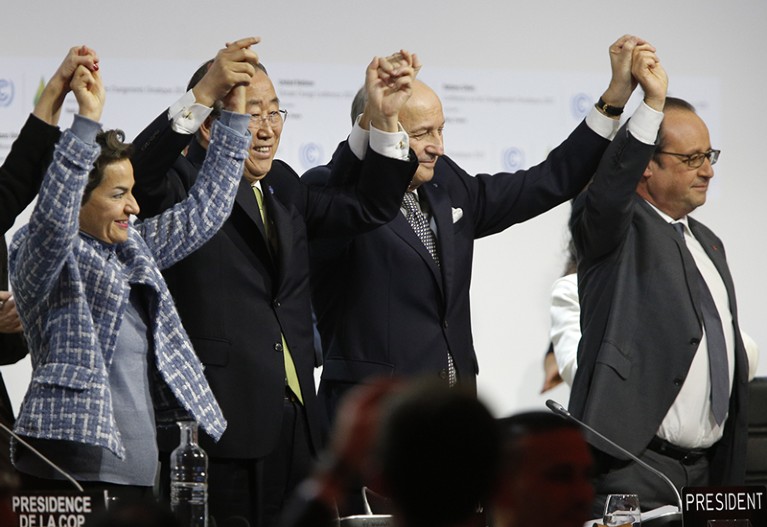
The 2015 Paris climate agreement was set up with an eye to building trust between nations. That trust is now in short supply.Credit: Francois Guillot/AFP/Getty
When the Sustainable Development Goals (SDGs) were adopted in September 2015, the outcome of an upcoming United Nations climate summit due to take place in Paris three months later was anything but guaranteed. Global leaders, diplomats, environmentalists and scientists were all keenly aware of the world’s failure to secure an agreement on a new climate pact in Copenhagen six years earlier, and negotiations were still in flux. That is among the reasons why the 13th of the 17 SDGs — to “take urgent action to combat climate change and its impacts” — includes no numerical target for limiting global temperature rise.
The magnitude and urgency of the task has never been in any doubt, however. Several decades of science has come to a consistent, incontrovertible conclusion: global temperatures will continue to rise until people stop pumping greenhouse gases into the atmosphere. The question now is how best to reduce emissions, given that the challenge involves more than 8 billion people and many moving parts. SDG 13 does provide a basic outline for success: adopt national climate policies, transition to renewable energy, increase resilience to climate hazards and disasters, and get international aid and investment to those countries that need it most.
Promises, promises
Nature is assessing the progress made towards each of the SDGs ahead of a UN summit in New York next month. With 2030 set as the original deadline for achieving the SDGs, the meeting will serve as the goals’ midpoint. The story on the climate front is sadly familiar: no shortage of promises, but nowhere near enough action. The consequences of continuing warming are now becoming all too clear, as people around the world are affected by storms, floods, heatwaves, droughts and fires. This year might well be the hottest on record, and scientists expect next year to be worse.
Progress towards the Sustainable Development Goals
The problem is not a lack of clarity. The climate agreement that was brokered in Paris in December 2015 created a simple goal of limiting global warming to 2 °C — and ideally 1.5 °C — above pre-industrial levels, and climate scientists have laid out what needs to be done to meet that goal. In 2022, the Intergovernmental Panel on Climate Change estimated that, to maintain a 50% chance of limiting warming to 1.5 °C, global carbon emissions would need to fall by nearly half by 2030 and hit net zero by the early 2050s; any residual emissions would need to be compensated for by sucking greenhouse gases out of the atmosphere.
By some measures, there has been progress. All 193 countries that have ratified the Paris agreement have submitted national climate commitments, and more than 100 have strengthened their climate pledges during the past two years. The availability of renewable energy is accelerating, with 107 gigawatts of capacity — more than the combined total energy capacity of Germany and Spain — scheduled to be brought online this year, according to the International Energy Agency (IEA). And more than 30 countries, mainly wealthy nations, have shown that it is possible to reduce greenhouse-gas emissions while increasing the size of their economies, according to the Breakthrough Institute, an environmental group based in Oakland, California (see go.nature.com/3ssomtb).
Ups and downs
However, after a brief drop during the pandemic, energy-related carbon emissions hit a record high of nearly 37 billion tonnes in 2022, according to the IEA. Emissions have been falling for decades in many wealthy nations, but not fast enough to offset increases in China, India and other low- and middle-income countries.
Carbon emissions hit new high: warning from COP27
The UN’s latest assessment of progress under the Paris agreement projects that, by 2030, global emissions are likely to drop by a paltry 0.3% from 2019 levels. Assuming countries make good on all of their pledges and targets, global warming could be limited to around 2 °C, according to Climate Action Tracker, a consortium of researchers that monitors government climate policies. On the basis of current policies, however, the consortium says the world is on track for something more like 2.7 °C (see go.nature.com/3crr95j).
What the Paris agreement does not do is mandate who must do what, and by when, to bend the curve. Actual implementation is in the hands of individual nations and regions. Guidance exists under the principle of “common but differentiated responsibilities”, which dates back to the UN’s 1992 Framework Convention on Climate Change. Under this principle, wealthy countries that had long benefited from fossil fuels agreed to be the first to act to reduce emissions. By 1997, many of these nations had accepted the first legally binding emissions-reduction targets, under the Kyoto Protocol, to be achieved on top of providing continued support to poorer countries for sustainable development.
Global stocktake
In this context, the Paris agreement was designed as a kind of trust-building exercise. Low- and middle-income countries agreed that they, too, would reduce emissions and pursue cleaner development strategies. The first global stocktake of progress towards the Paris agreement is scheduled for completion this year. All parties are urged to do their utmost to achieve their targets, and, as trust and cooperation build over time, so, too, will climate ambition.
Clean energy can fuel the future — and make the world healthier
Yet that trust is in short supply. SDG 13 also repeats a specific pledge that was first made at the failed summit in Copenhagen in 2009: that wealthy countries would ramp up climate finance to US$100 billion annually by 2020. This is just a fraction of what is needed, and, 14 years later, even that target has yet to be met. By contrast, among the G20 group of economic powers, public financial support for fossil fuels more than doubled between 2019 and 2022, to $1.4 trillion, as energy prices spiked in the wake of Russia’s invasion of Ukraine, according to the research consortium Energy Policy Tracker. That total includes $440 billion to support new fossil-fuel development.
Time is not on our side. The world is already close to 1.5 °C of warming. As climate impacts mount, they will cascade through societies, making it harder to achieve other SDGs in areas from sanitation and public health to inequality, poverty and hunger. Limiting warming will make it easier to achieve other goals, but, as we noted in our editorial on the energy goal, SDG 7 (Nature 620, 245; 2023), recent research has shown that the reverse is also true: the more progress governments make in developing holistic solutions that tackle the goals as an ensemble, the easier it will be to achieve the energy and climate goals.
What the world needs is leaders who can build viable political coalitions to push for truly sustainable — and more-equitable — development. Some call this the ‘just transition’, from a global economy based on fossil fuels to one that is driven by clean energy. The job of scientists and academics is to be ready with policy options when that day comes. It’s not just the right thing to do; it is also our best hope for the future.






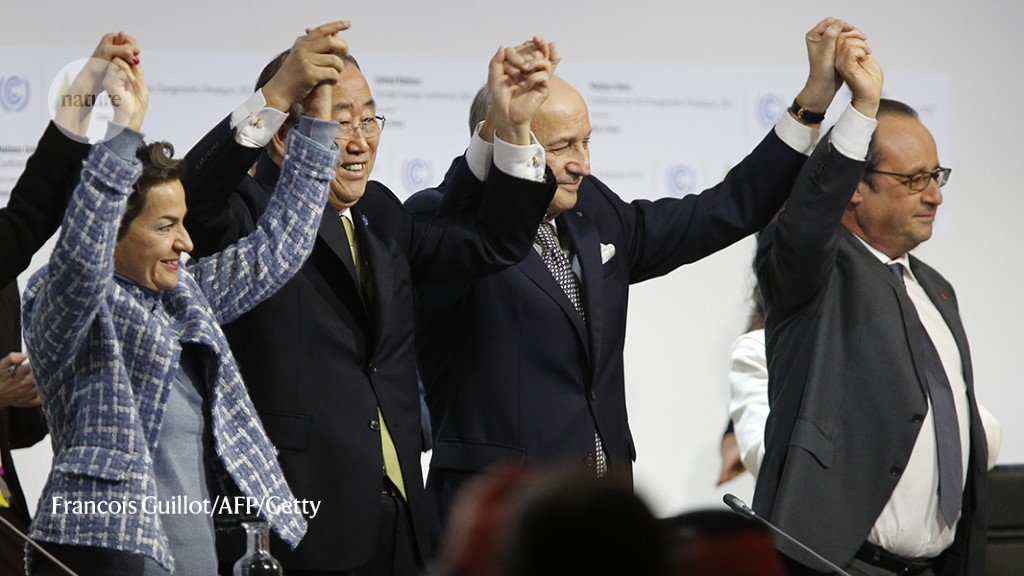
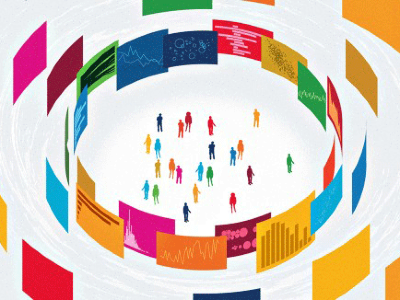
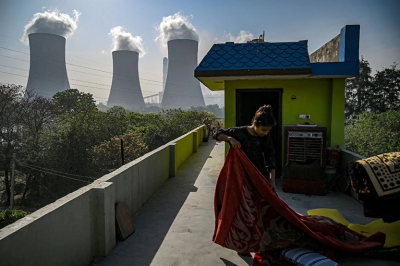
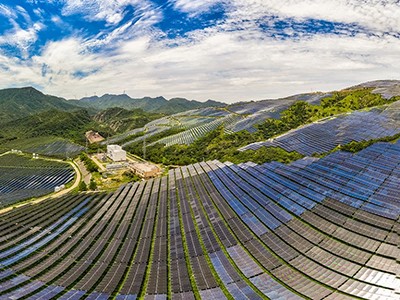
More News
Author Correction: Stepwise activation of a metabotropic glutamate receptor – Nature
Changing rainforest to plantations shifts tropical food webs
Streamlined skull helps foxes take a nosedive